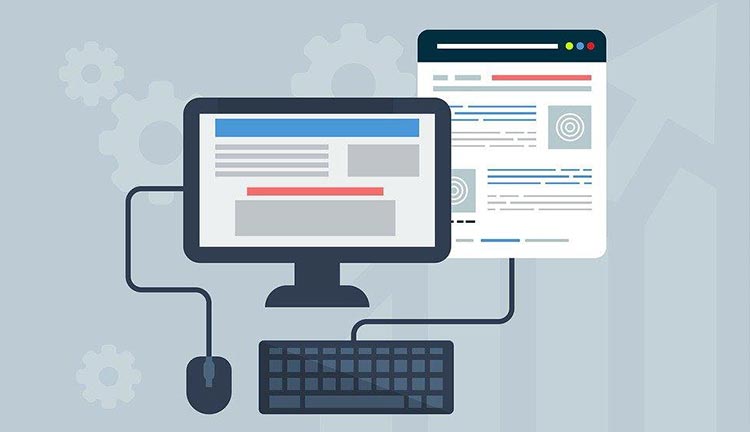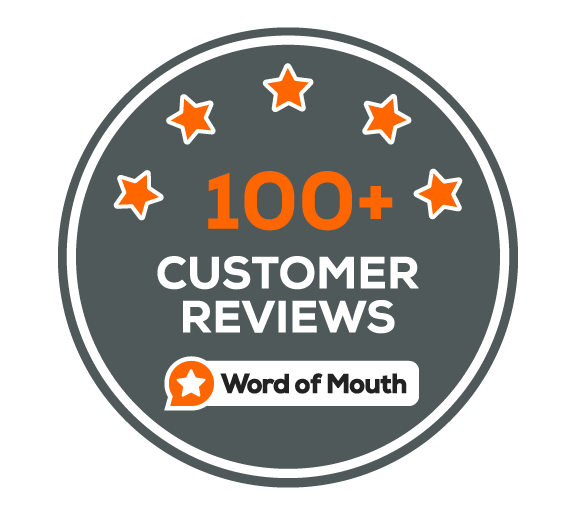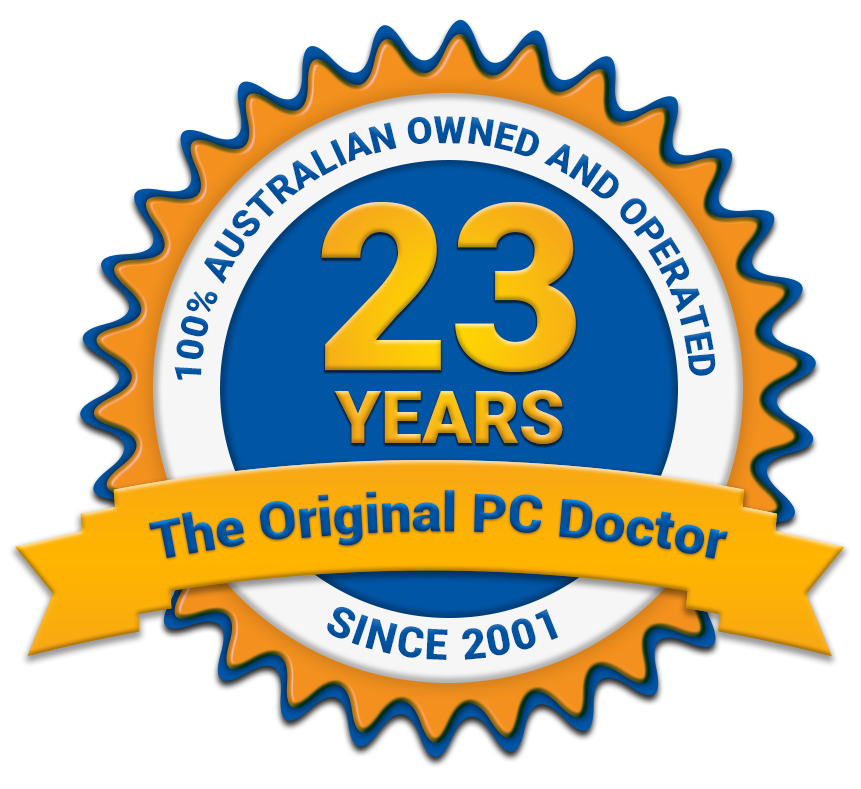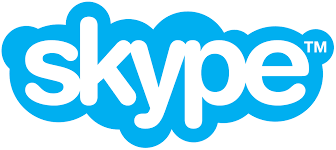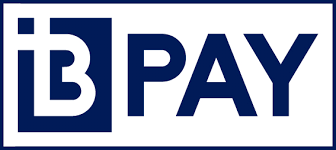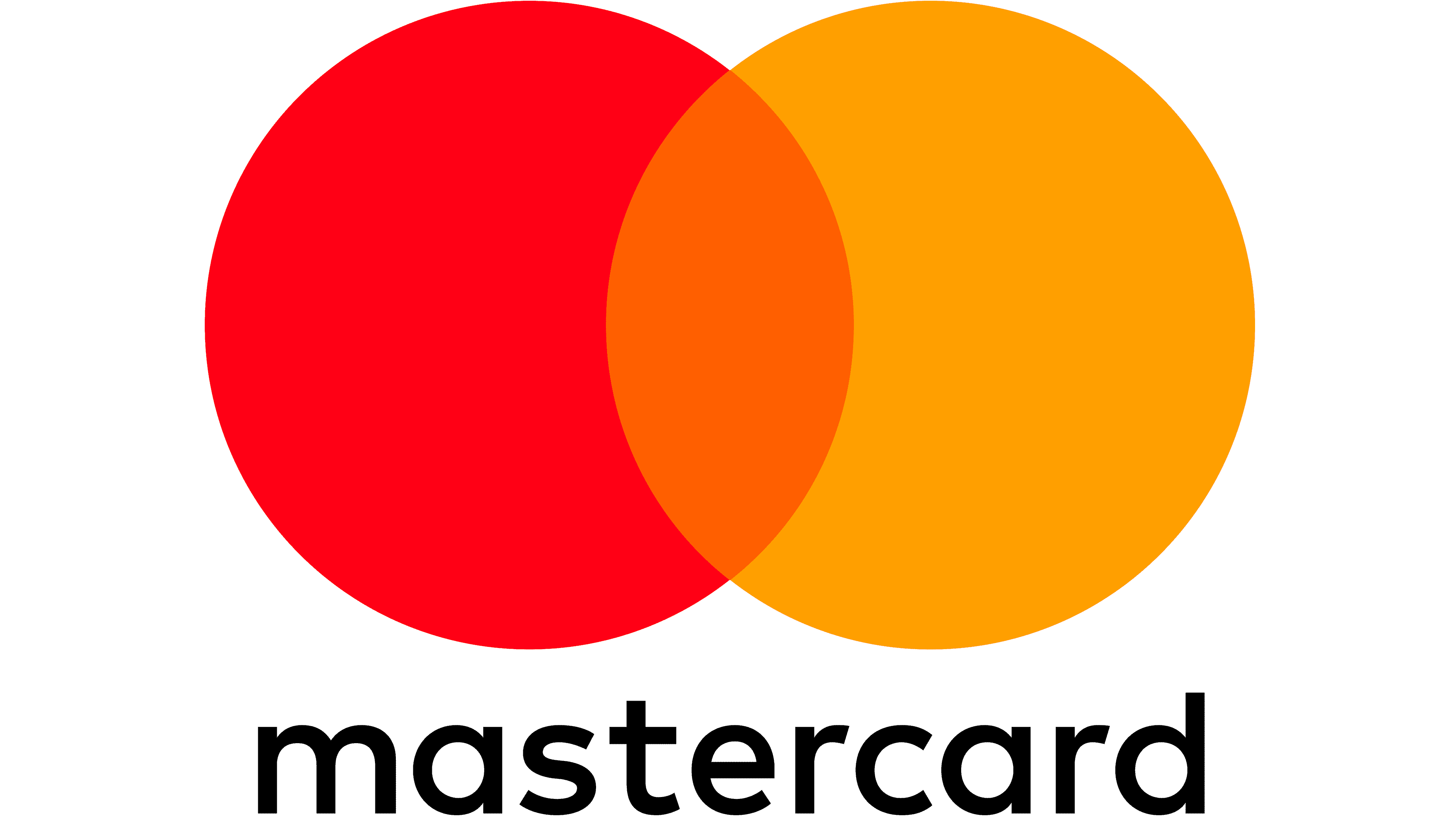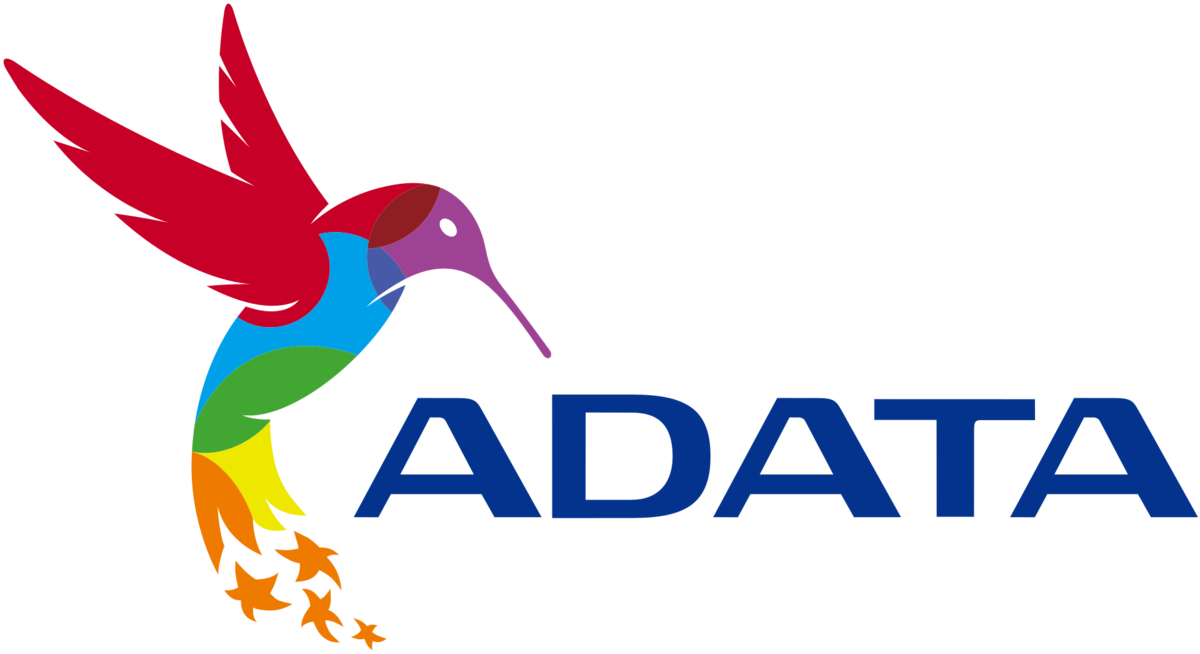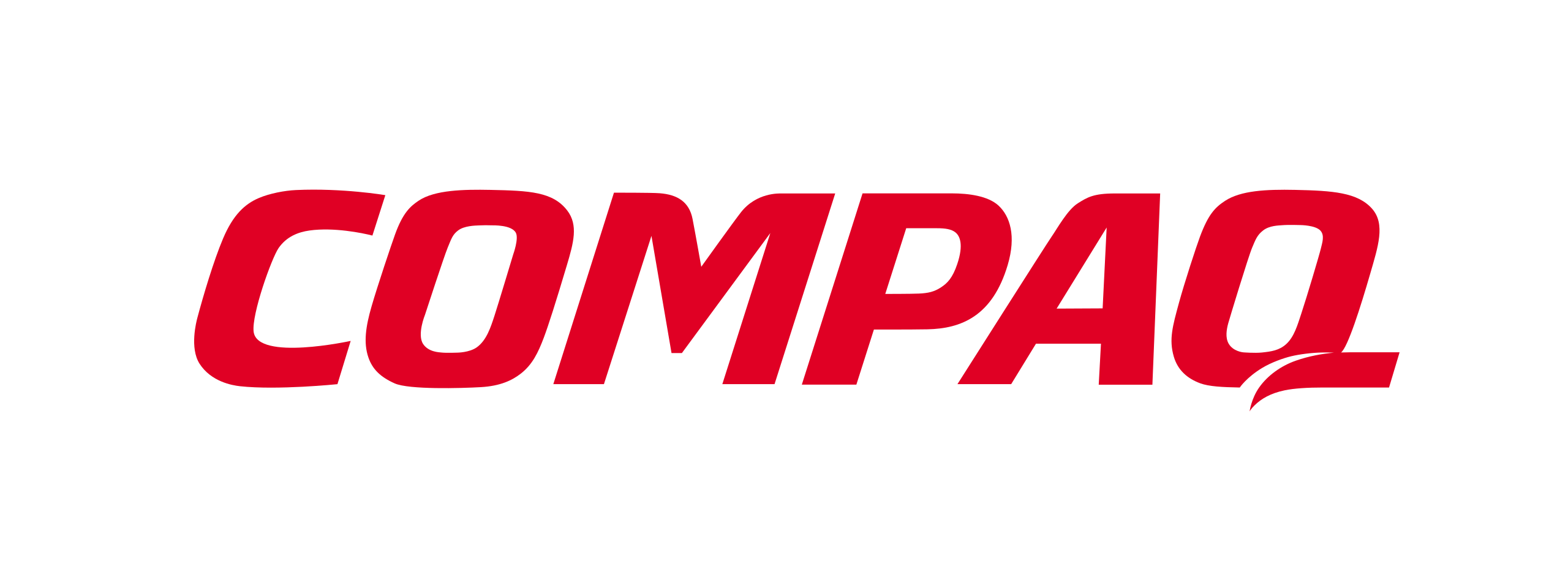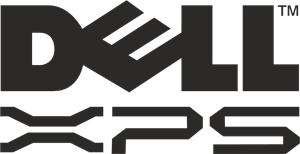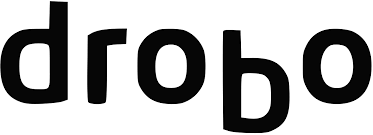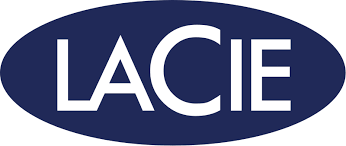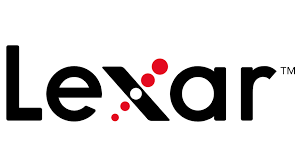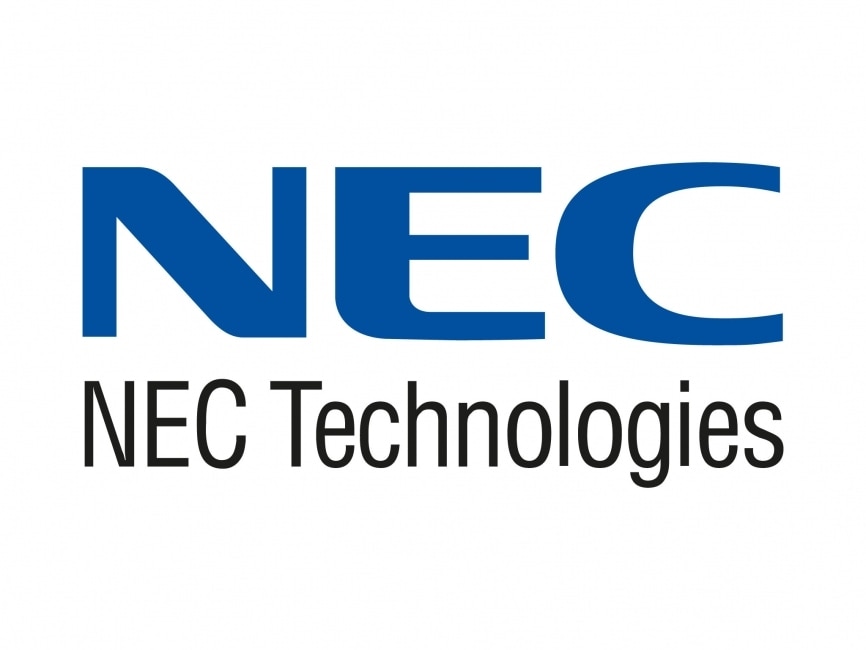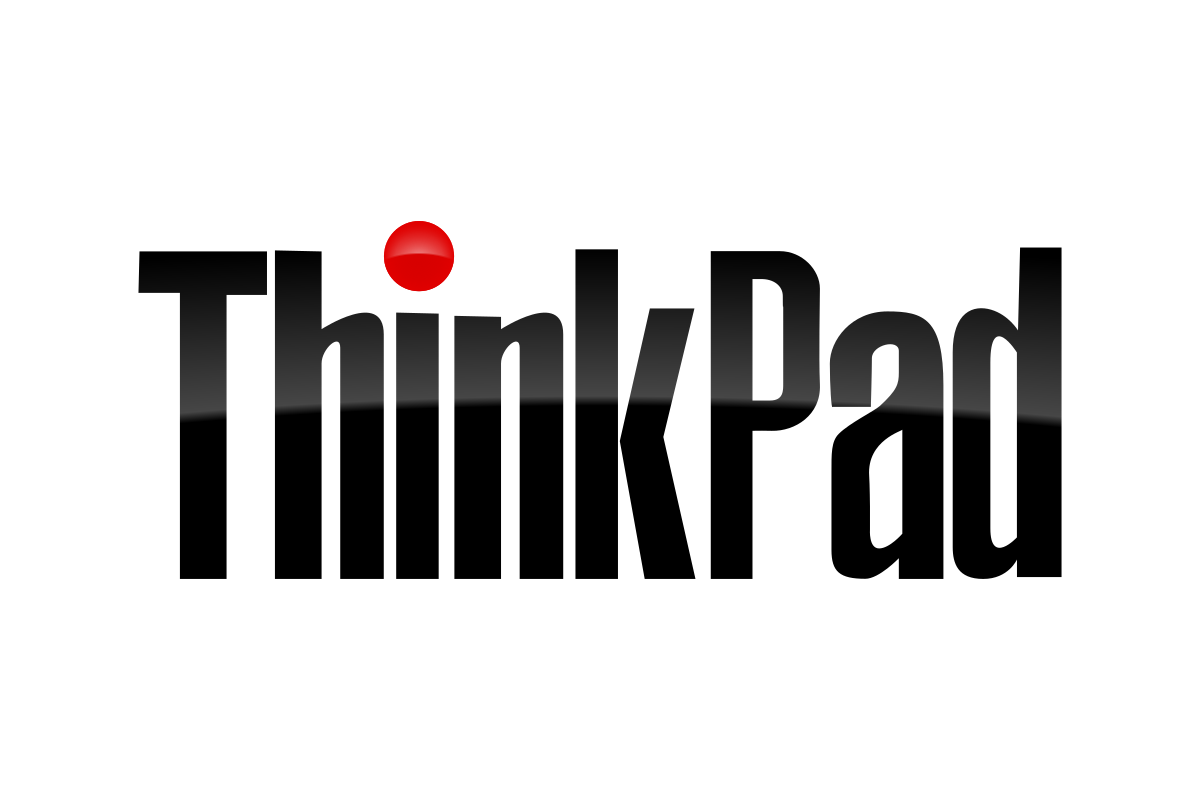An Expert Beginners Guide to Set Up a Website in 2020
Most of the non-technical people think that setting up a website is a very daunting and challenging task. But the fact is that the process of setting up the website is really more straightforward than you can imagine. In this modern era of technology, everything is going under the umbrella of IT (information technology), and the demand for having the digital presence is increasing day after day. It has become elementary for even non-technical people due to famous social media such as Facebook, Instagram, etcetera, but it does not have to be the case for everyone.
The better option is always to create and set up your own website. It helps you in so many ways, and the most important reasons are as followed:
- It allows you the freedom to add new features as desired.
- The whole process is easy and also affordable.
- It can even generate passive earning for you.
- It’s better for your portfolio an adds value to your professional resume.
Let’s dive into the setup process and let us give you the ice-cold drink by overviewing the most common and straightforward question that beginners ask regarding website set up.
Shall we?
Does it Require Technical Skills?

Source: ResumeGenius Official
It is a very open-ended question when it comes to the types and purposes of the websites. If your purpose is to simply make something which only needs static pages, then you can use a website builder such as WIX, Weebly, Shopify, visual editor, etcetera to easily make it.But if the purpose of your website contains technical functionalities with dynamic pages, then the more natural yet technical way is to learn PHP, JavaScript, CSS, HTML coding structures to get on with it. For both of these methods, you will need to acquire a domain to launch your website.
Starting to Set Up Your Own Website
The following are the most common steps, and it is always advisable and recommended to go through these steps to set up your own website:
- Develop a detailed plan for the content, structure, and functionality of your website
- Search the most suited website builder to develop your website (or develop it yourself if you are good with coding)
- Find a domain name provider and register the domain name that complements the idea of your website
- Launch the website with complete working functionality and content
- Do proper SEO (Search Engine Optimisation) for all the major search engines
Steps to Create Your Own Website
There are many ways to create a website, and some are easier, and some are complex. We have put up the most common ways for this matter, which are listed below.
Using the Website Builder
The easiest way to develop your own working website is to use website builders. There are many online tools (website builders) that you can use, as mentioned earlier, and they usually offer a full package in which you can find design templates, domain name, hosting, and support. The web builders are explicitly made for non-technical people, and they take care of all the intricate and complex tasks for the website owner.
If you are a beginner, then there is no need to get into the hassle of coding and complicated practices because approximately all the website builders offer ads supporting subdomains and allow you to make free basic website structures.
The free plan allows you to test the website structure and the functionality before even considering the paid plan.
Still, if you even start your paid plan beforehand, you will have to spend a minimal amount of money, which is around $8-$10 per month. It could be a wiser option because you get additional functionality and all the essential features to enhance your digital presence. Moreover, if you do not require an email address, then the cost can be even cheaper. There are many steps by step guides that allow you to get on with your website building process within a matter of minutes.
Advantages of Website Builders
- You do not need technical skills to use website builders
- There is no need to buy and paid software or IDE (Integrated Development Environment)
- They are straightforward to use
- Already developed templates that you can use to and upgrade according to your idea
- They provide all the technical support
Disadvantage
- They are not 100 percent flexible as per your needs and desired
- You cannot add additional functionality that is not provided
- You cannot make a complicated and detailed website that requires dynamic pages and big database.
Using the CMS (Content Management System)
CMS primarily offers the same functionality, and they work in the same manner as the website builders do but in a more complicated way. CMS is more complicated, and in terms of adding text and media like images and videos, they are constrained as compared to the website builders. Because you can only add and use the available pre-designed templates.
There are many content management systems available such as Drupal, Joomla, Typo3, etcetera, but the most popular and most accessible of them all is WordPress to create your website, and we will focus on it. Because other CMSs are more complicated than WordPress.
The hosting companies have really made it easy to install it with a single click, and the process is very hassle-free. It also allows you to install the templates quickly, and if there is anything that doesn’t match with your theme, you will have to modify or change that by working on CSS and HTML.
Moreover, if you have the technical knowledge, then the money you will have to spend can be meager. But if you choose the technical support regarding the domain, hosting, and email address from your provider (WordPress), then you will have to spend a little more.
One of the most significant advantages of WordPress is that there are hundreds and thousands of plugins available that you can use to add unique features to the selected theme, which are not already included.
Initially, WordPress was designed to work in a single language, but now there are multiple plugins available developed in multiple languages such as WPML that allow you to translate your website pages. There is another tool which is called Yoast SEO Plugin, which is made to change the setting of search engines.
Advantage of CMS (WordPress)
- You can select the web hosting company of your desire
- You can add countless features because of already available plugins
- You get the flexibility and access to your code to modify your website according to your need (Considering the background technical knowledge)
- Works like a charm with multi-language websites
Disadvantages
- You do not get any personal technical support
- You will have to pay for additional plugins if you require
- You need someone with technical knowledge to make the required changes if you do not have technical knowledge
- Flexibility and creativity depend on the available templates
Using Programming Languages to Develop Your Own Website
This is one of the most sophisticated and disciplinary ways to create your own website where you have to open an IDE and start coding. This method is for those people who need to carry out the more complicated functionality through their websites and who need complete liberty of the up-gradation process.
It is not recommended for beginners and because it needs patience, time, and expert technical skills. You can go to any popular online platform to access step by step tutorials and beginner’s guides to get on with your website development, but it will take a little longer time. There is another workaround, which is to hire a programmer to get your website developed. The drawback of this approach is that you will have to spend a large amount of money. The primary language that will allow you to start developing your websites are HTML, CSS, PHP, JavaScript, and the most popular and used platforms for this purpose are NetBeans, brackets, etcetera. If you can manage a better-integrated development environment such as Webflow or Microsoft Visual Studio, then you can have more flexibility to apply your functionality in a better way.
Advantages of Programming
- If you know programming then the possibilities to make your website correctly the way you want are unlimited
- Easy Upgradation possibility
- Cost-effective hosting
Disadvantages
- You need technical knowledge
- No solid state cost
- Requires more time and learning
- No third-party technical support
Getting a Domain
It is always advisable that you purchase a dedicated domain for your website, because if you don’t, then you will have to use the name of some other company because of a free domain name. It is always a better representation of your idea if the website name complements it. If your targeted audience is specific to a country, then you can take the domain extension representing your country, e.g., “.ca, .uk.” If you are targeting people worldwide, then the best option for domain extension is “.com.”
There are tons of domain name providers available in the market, such as Bluehost, Namecheap, etcetera, and you can get your desired domain name at $10-$20 per year. But it also depends upon the platform you used to build your website. For example, platforms like Weebly and WIX offer the domain name with their package with one whole year of free use. After that, you will have to pay a little amount that you can easily afford every year.
In such cases where you develop your website or use WordPress.org, you will need to organise and manage your web storage. The best practice is to buy the storage from the same platform from where you purchase the domain, but you can also get it from specialised companies such as WPEngine or Siteground.
Website Planning is Critical
Even if you have no experience regarding website setup, you must spend some time on planning. Just diving in without a proper course of action is never a wise idea because a well-thought plan allows you to consume your resources efficiently. Moreover, it also filters out what sections you need and what are the most important functionalities.
The general steps of planning which are most commonly used and proven to be helpful are as followed:
- Write down the reason why you want a website that is backed by the brainstorming and research process.
- Add value and solid ground from other successful websites that match with your idea.
- Ask for help from experienced and honest people to improve your idea.
- Rewrite the improved plan and prioritise your plan of action
- Define your SEO goals and search online to learn SEO techniques on how to meet them
Website Design is Also Important
Website design is the first thing that your visitors will come across, and it will be the first reflection of your idea. That’s why it is imperative not only to have a good theme and design, but it is also vital that your design complements your idea.
The feature that a good website design should have are as followed:
- Always use light design.
- Choose a catchy yet straightforward and attractive colour combination.
- Use the same font or the coherent ones if multiple.
- Keep the content and design segments well-formatted to provide a consistent and professional look.
- Whatever the design, it must be responsive to all devices
Features to Have in the Website
All the great and well-built websites have the following three features in common:
- Contains the professional content
- Simple yet great artwork
- Contains the “Contact Us” and “About Us” page
What’s Next Once Your Website is Launched?
Once your website is created and published, it certainly doesn’t mean that your work is done. This is where the real work starts. You need to continuously work on your website to keep it updated and to put new content for better performance and results. Some of the most common practices are as followed:
- Consistently update the content on your website for more traffic.
- You need to work on the SEO of your website with all the available tools and methods which are:
- Web analytics
- Social media
- Digital marketing
Conclusion
We hope that this simple and straightforward guide helps you to set up your own website the way you want. Feel free to let us know about your experiences.
References:
- https://www.websitetooltester.com/en/how-to-set-up-my-own-website/#Your_website_is_up_Now_what
- https://www.savethestudent.org/make-money/how-to-start-wordpress-website.html
- https://www.dreamhost.com/blog/what-is-a-website-builder/
- https://www.sitebuilderreport.com/
- https://websitesetup.org/
- https://www.websitetooltester.com/en/how-to-set-up-my-own-website/
- https://neilpatel.com/blog/from-0-to-launch-6-steps-to-building-your-first-website/
Written by The Original PC Doctor on 19/7/2020.




